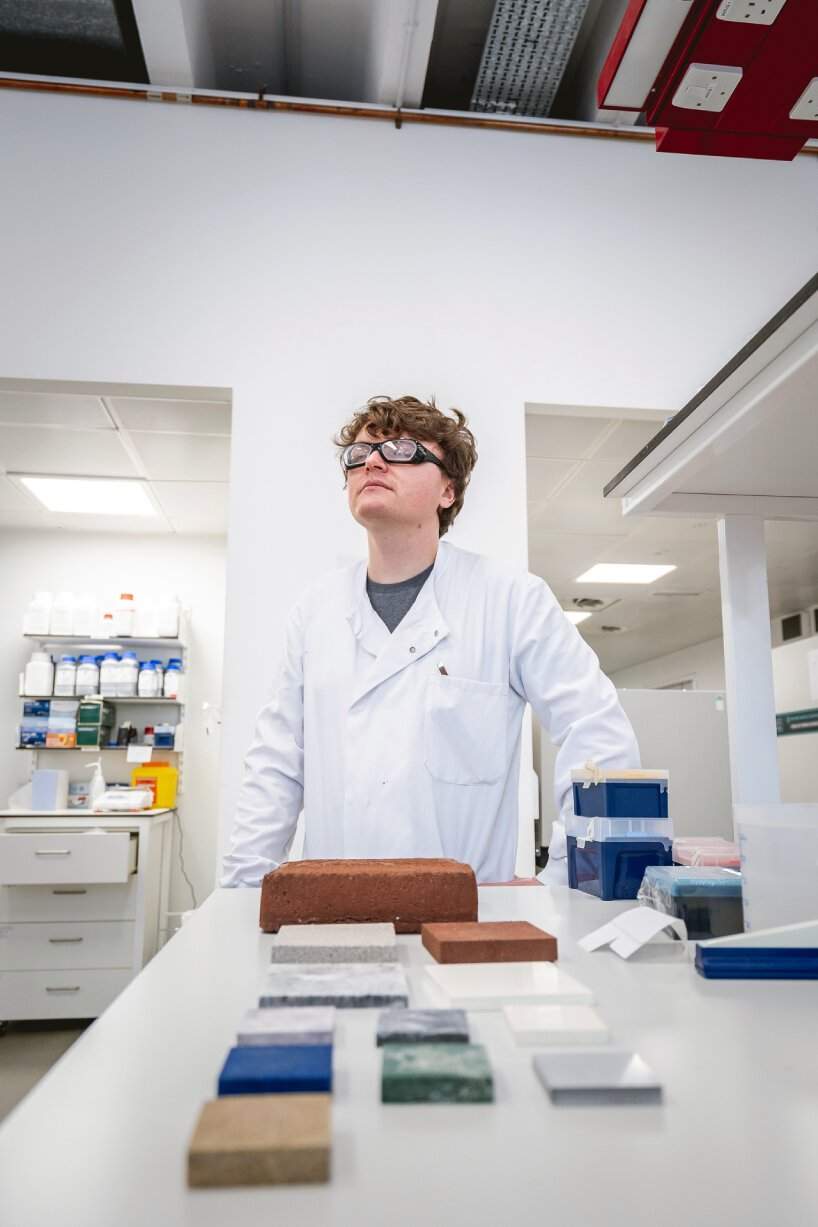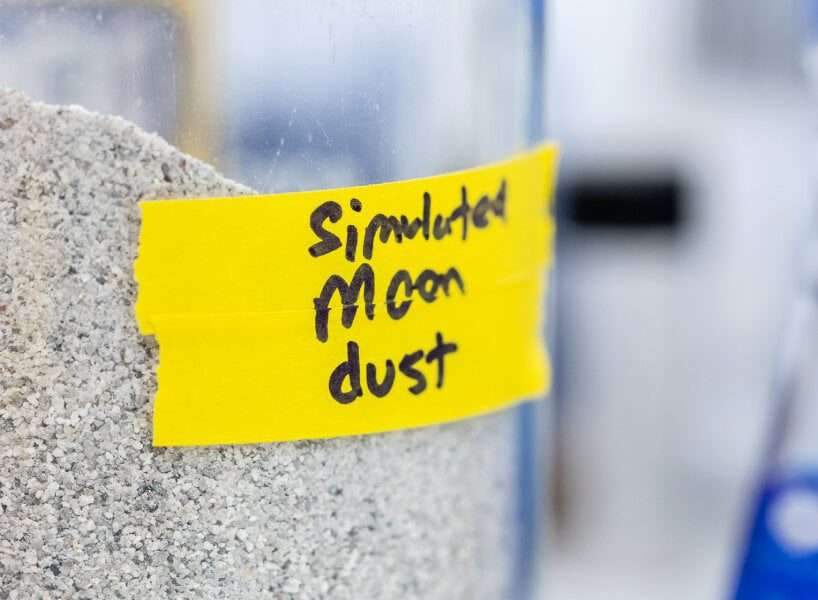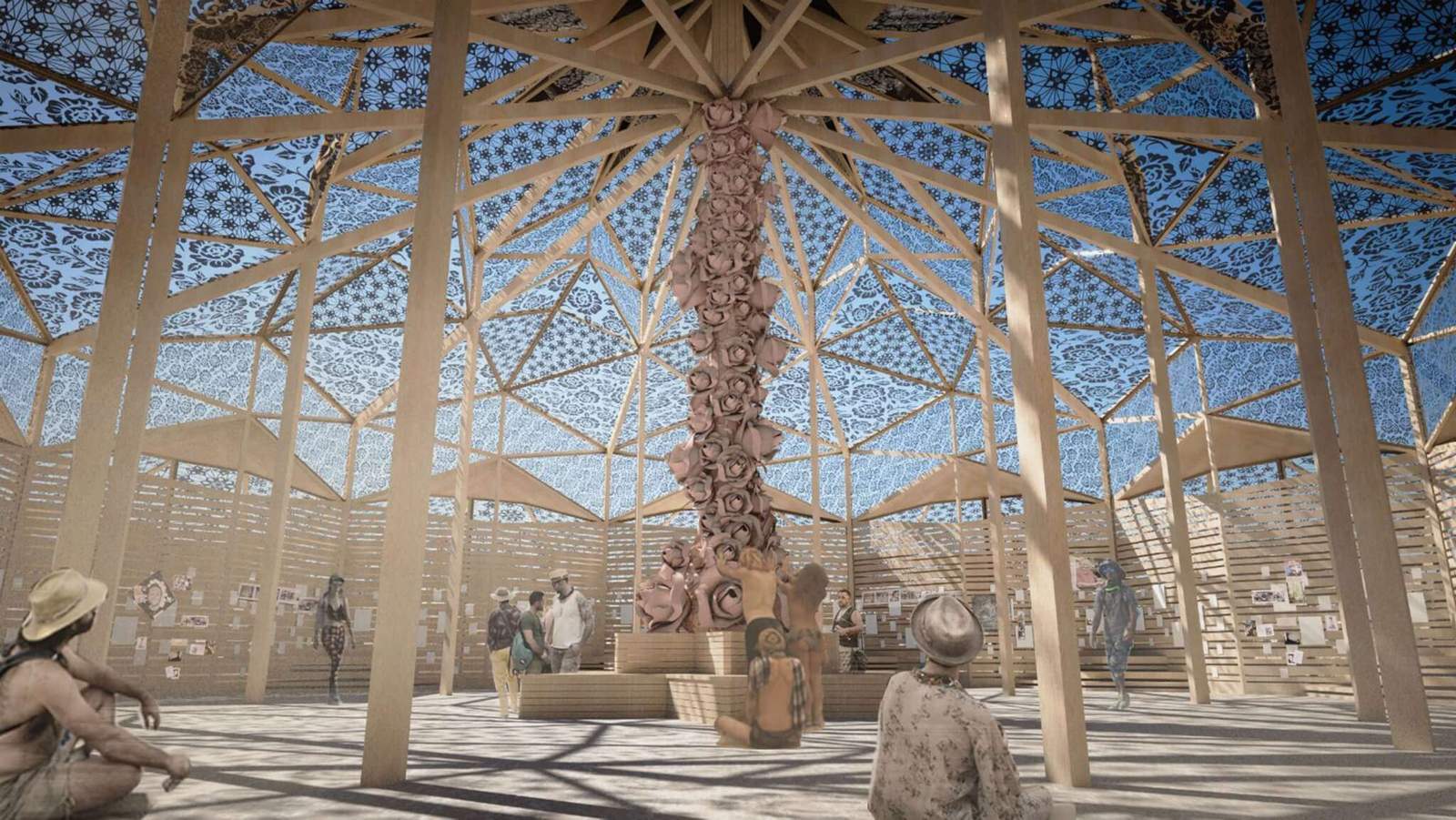twice as strong as ordinary blocks
Scientists from the University of Manchester have developed cosmic concrete resembling bricks by combining potato chips, salt, and extra-terrestrial dust. The resulting blocks are strong and sturdy enough to survive and be used for architecture and residences on Mars, and even on the Moon, based on the preliminary tests of the team.
Dubbed ‘StarCrete’, the material starts by mixing simulated Martian soil that the scientists have invented with potato starch from dehydrated potatoes – hence, the potato chips – and a pinch of salt. The result springs as a brick that is twice as strong as ordinary concrete and is perfectly suited for construction work in extra-terrestrial environments.
The cosmic concrete builds on the scientists’ previous work where they used astronauts’ blood and urine as binding agents. While the resulting material was also robust, the process of requiring blood on a regular basis to create bricks for architectural purposes was the drawback especially when astronauts have to move around and work in an environment as hostile as space where options are limited.

images courtesy of Dr. Aled Roberts and University of Manchester
First cosmic concrete from blood and urine
The scientists, led by Dr. Aled Roberts, a Research Fellow at the Future Biomanufacturing Research Hub of The University of Manchester, see potato starch as a more viable option. ‘Since we will be producing starch as food for astronauts, it made sense to look at that as a binding agent rather than human blood. Also, current building technologies still need many years of development and require considerable energy and additional heavy processing equipment which all add cost and complexity to a mission,’ he says.
He adds that ‘StarCrete doesn’t need any of this and so it simplifies the mission and makes it cheaper and more feasible. And anyway, astronauts probably don’t want to be living in houses made from scabs and urine!’ The team calculates that a sack of potato chips contains enough starch to produce over 213 blocks of StarCrete. Throw into the mix a common salt, or magnesium chloride, that can be obtained from the Martian surface or from the tears of astronauts, as the researchers state, the cosmic concrete is dubbed to be significantly sturdier.
Dr. Roberts and his team are looking into using the cosmic concrete in real-life settings and construction to fully test its strength. They have recently launched a start-up company, DeakinBio, which aims to explore ways to improve StarCrete so that it could also be used in a terrestrial setting.

Dr. Aled Roberts

Deakin Bio tiles and bricks
project info:
name: StarCrete
lead researcher: Dr. Aled Roberts
institution: University of Manchester
matthew burgos | designboom
mar 18, 2023




